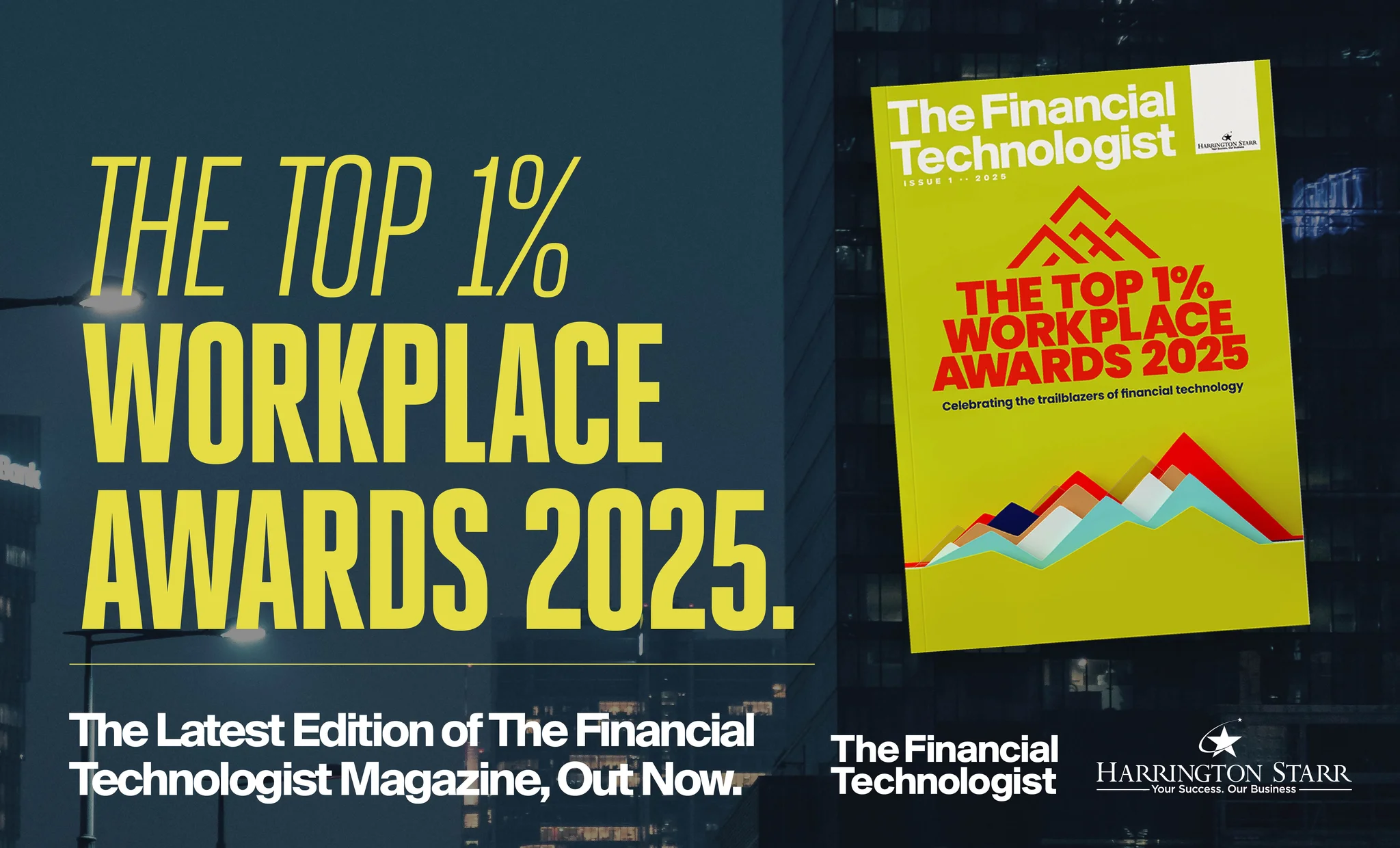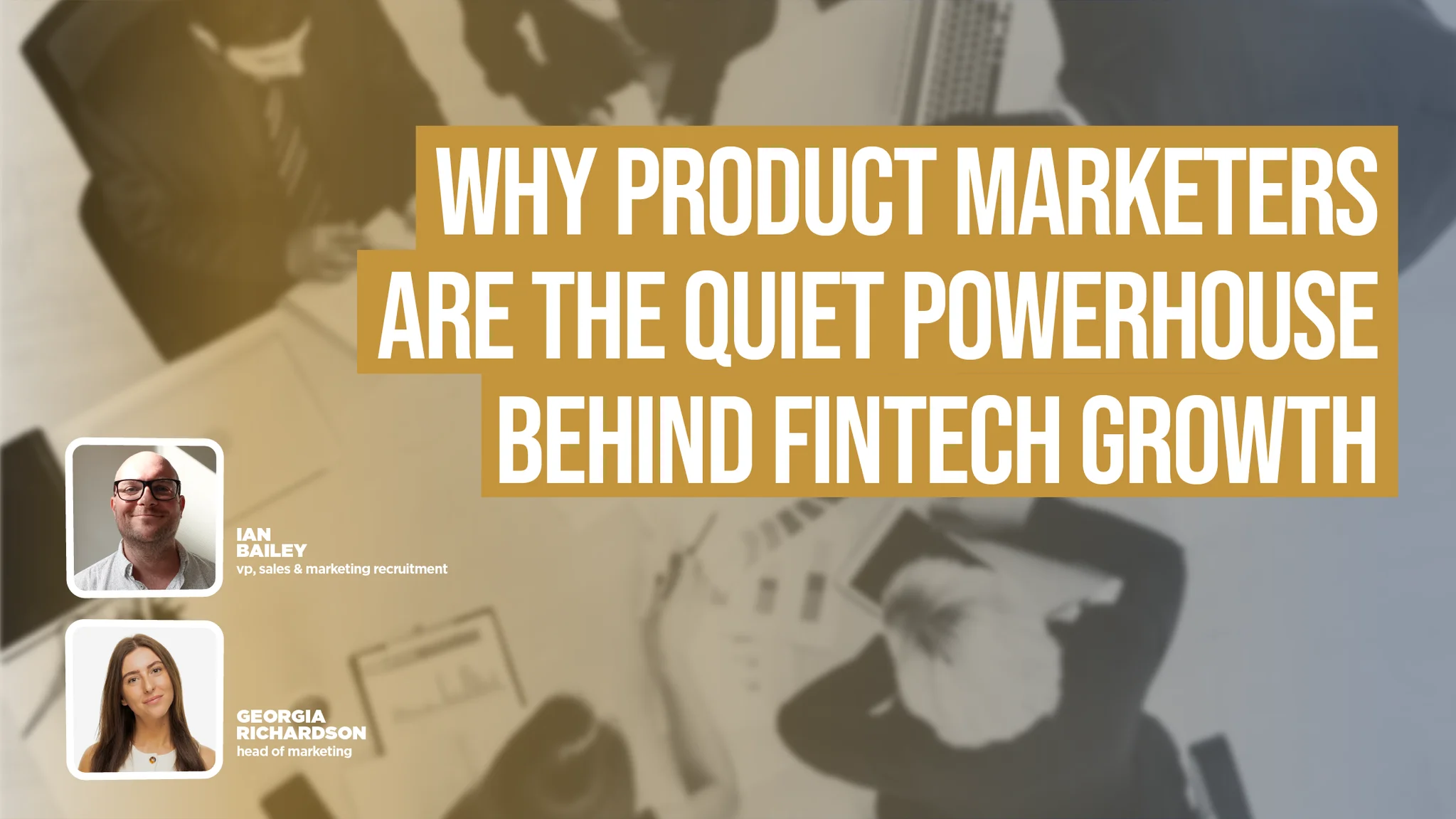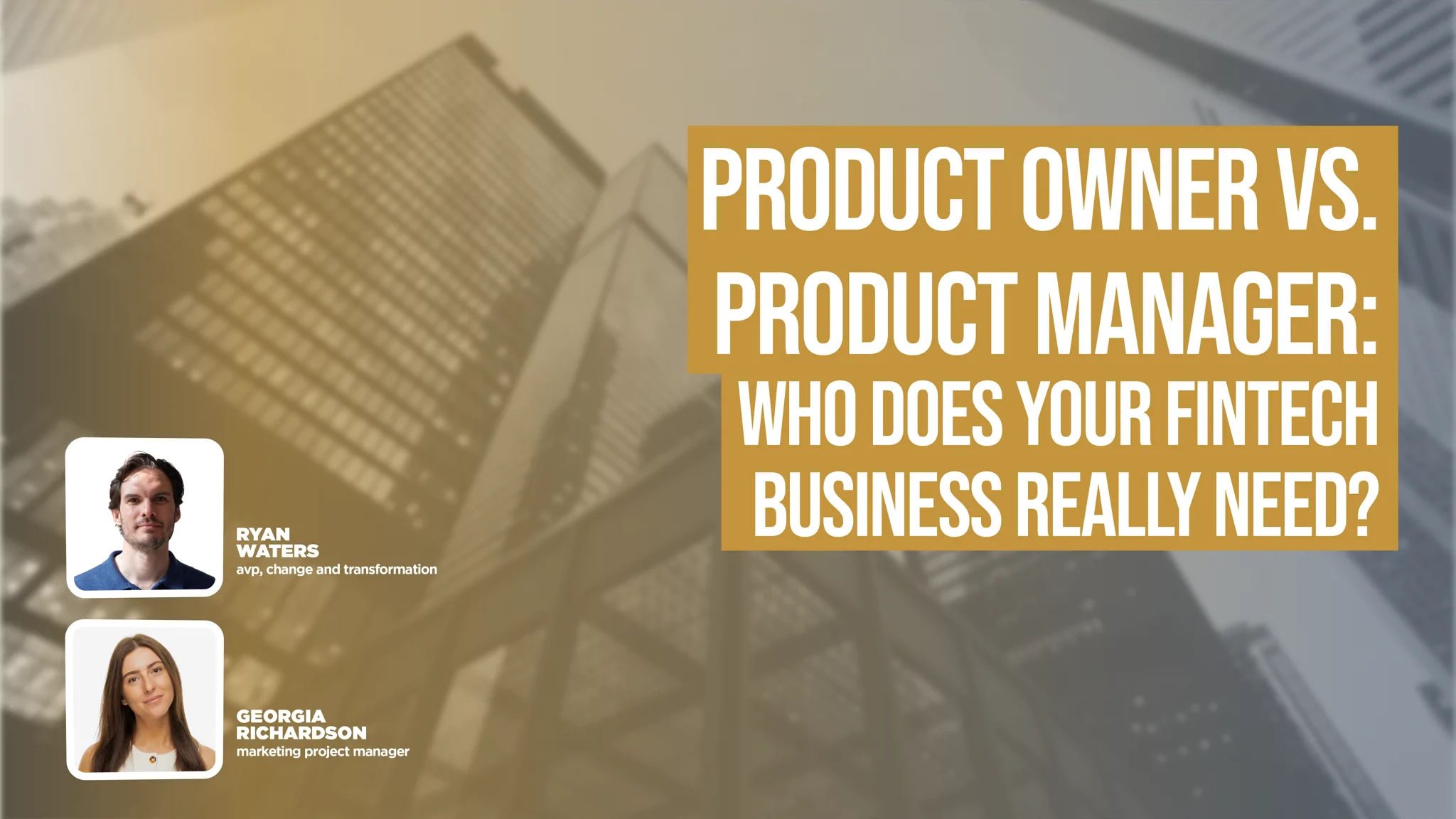Download your free copy of the latest Financial Technologist magazine here.
The global financial services industry is undergoing a digital revolution in the systems that manage investor wealth and assets. Innovation in wealth management platforms and the retirement of ageing legacy systems are creating significant opportunities for market participants that can provide improved investor services and reduce costs. A key part of this revolution is the adoption of the blockchain or digital ledger technology (DLT) solutions that underpin cryptocurrencies to manage real world assets. Collectively, we describe assets that have been represented using blockchain or DLT solutions as Digital Assets.
The value of an asset traditionally has two components. The trust we have in the asset itself, based upon who issued the asset, and the trust in the entity managing the asset and your ability to access that asset. When I deposit currency into a bank account, I am relying upon the bank to manage the asset for me, and my claim to assets deposited relies upon the trust we have in the bank. To use the assets they manage on my behalf, I would need to request via the banking network that they reassign value to a third party. Tokenisation of assets provides a method of managing assets similar to physical money, where a bearer instrument held by an investor can instantly be used without needing to trust the managing entity. This transfer of value can be made to anyone that who can access the blockchain network.
Blockchain-managed cryptocurrencies have demonstrated the efficiency of managing tokenised assets using a distributed ledger that is available to all market participants. This immediate access to the current state of the asset ownership prevents double spending of assets, reduces reconciliation costs (especially the messages to asset managers confirming the assets exist), and can improve access to the asset management infrastructure (either by managing assets on a public blockchain or by increasing transparency of a market to permissioned participants). Financial institutions, market infrastructure providers, and public entities are using blockchain solutions to improve financial markets, reduce friction and costs, and enable new methods of managing assets (e.g., by using smart contracts to tie assets to codified business logic or to the exchange of other assets).
The tokenisation of real world assets is inevitable. Three use cases are immediately valuable and will drive the broader acceptance and capabilities of using blockchain solutions for asset management. Stablecoin and e-money payments will soon be widely joined by central bank-issued money that will drive the direct exchange of assets and settlement payments. This will lead to faster settlements, and will reduce the need to lock capital in markets solely to cover the risk of settlement failure. Blockchain networks will also allow for new innovation in payments and financial services. The JP Morgan Onyx platform allows for intraday lending to generate interest minute by minute, while payment networks allow, for the first time, the electronic settlement in currencies outside of the issuing country (instead of relying on the correspondent banking network to request settlement in institutions far removed from the market participant).
Fractionalisation of assets will open up a significant number of assets that are currently inaccessible to most investors. Trillions of dollars, pounds and Euros sit currently in bank deposits because they are unable to access risk free country bonds. Fractionalisation allows for the cost of investing in bonds to be significantly reduced to the point that everyday investors could park their money in government securities and significantly reduce the risk of holding their savings (compared to relying upon bank deposit insurance and third-party money managers). It will also ensure that people in emerging economies can invest in stable assets in developed countries without large minimum investments or management fees. It also could allow high quality collateral to be easily obtained and programmatically locked in escrow to support new business models or distributed organisations.
While payments and fractionalisation of assets are increasingly valuable use cases that will drive blockchain adoption, the most transformative use case will likely be the use of digital twins to track physical objects and information. Blockchain integrated supply chains have significant advantages over traditional approaches. Trade finance can be more reliably obtained where participants can demonstrated their trading history, and long supply chains can be more efficiently managed. The provenance of goods can also be more easily tracked throughout the supply chain, allowing recalls or regulatory reporting to be accurately processed in seconds instead of days or weeks. These solutions are also especially useful for tracking the lifecycle of goods and services, allowing market participants to more easily manage maintenance and recycling of goods.
This article is not suggesting that it will be easy to remake the global finance and supply chain systems that have been developing for over several hundred years. The privacy provided by direct manual or digital information exchanges is incredibly valuable, and blockchain solutions are increasingly looking at ways to protect data through off-chain information exchanges that are referenced on-chain. In many markets, participants have long gained value by acting as a trusted third party or by their exploiting information to make it available to all participants. Blockchain networks can address these issues, but convincing market competitors to opt into the use of a solution that may erode their competitive advantage can be challenging. Government regulations, industry bodies and consumer demands will all have a part to play in developing these markets.
Blockchain networks themselves are also still in their early stages of development. Security flaws in network protocols and the smart contracts used to manage assets and business interactions have caused significant harm to market participants. There is also significant work required in blockchain networks interoperability, so assets managed on one platform can be traded for fiat currencies held on another. But the use cases presented in this article (and many others) will continue to drive the maturity of blockchain ecosystems. As they are more and more adopted by regulated firms, we will continue to see the evolution of tokenisation of real world assets and the reduction in costs across numerous global industries.
Download your free copy of the latest Financial Technologist magazine here.






